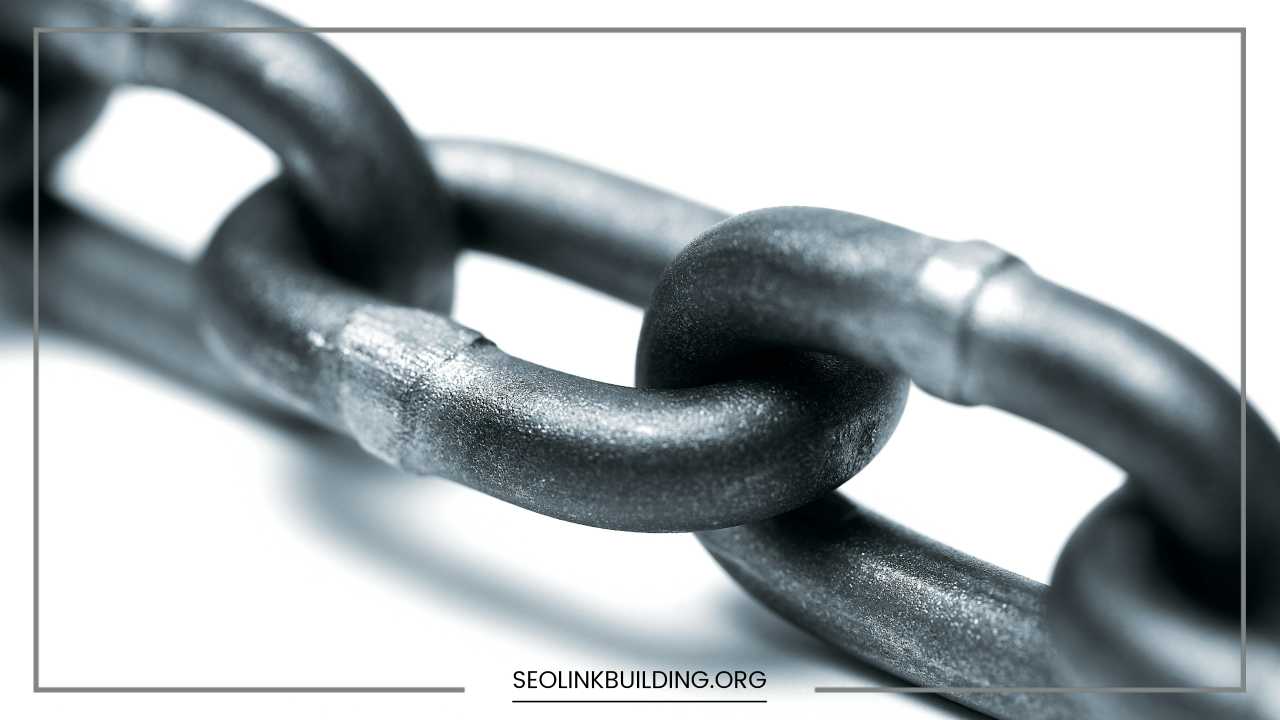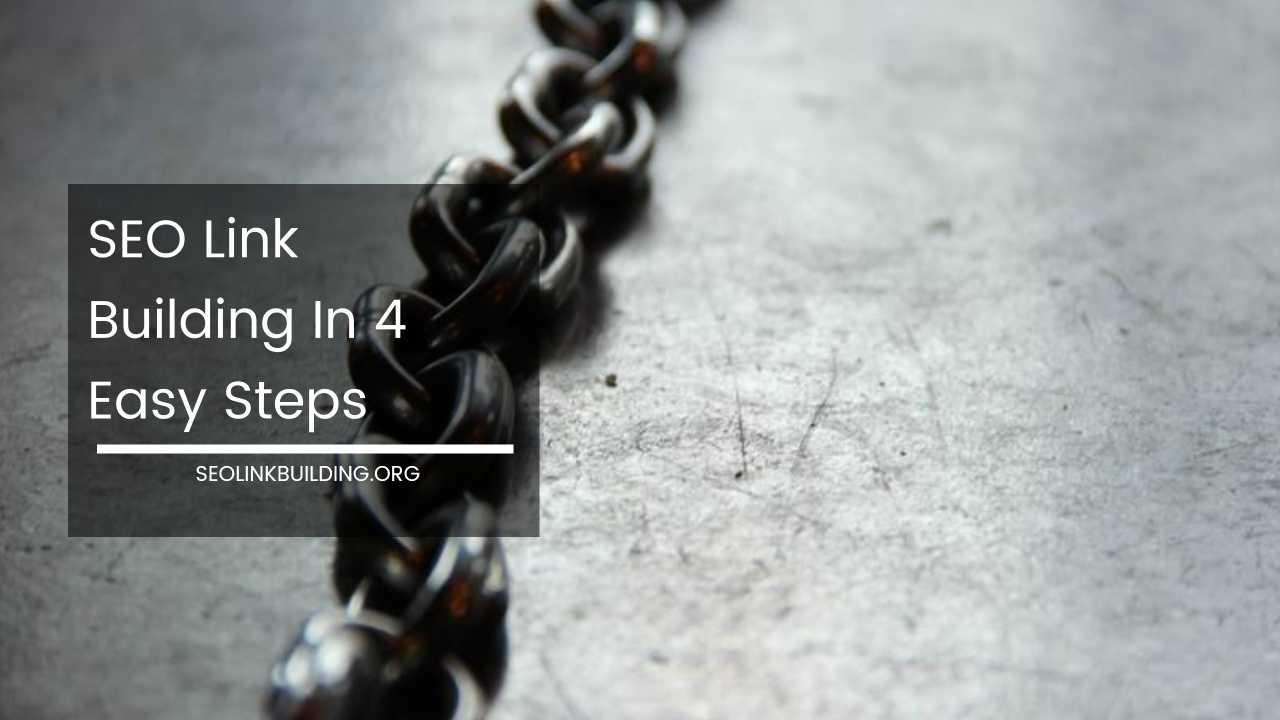How to Easily Find and Reclaim Lost Backlinks

Reclaim Lost Backlinks
In the vast digital landscape of the internet, where websites are constantly vying for attention and relevance, backlinks play a pivotal role in determining a website’s authority and visibility.
These links, often referred to as the backbone of SEO, are crucial for driving organic traffic and establishing credibility with search engines.
However, the dynamic nature of the online world means that websites may experience the loss of valuable backlinks over time.
This article serves as a comprehensive guide, offering insights and strategies on how to easily find and reclaim lost backlinks, ensuring your website maintains optimal performance in the ever-evolving realm of digital marketing.
Understanding the Importance of Backlinks:
Before delving into the strategies to recover lost backlinks, it’s crucial to understand the significance of these links in the context of search engine optimization.
Backlinks are essentially votes of confidence from one website to another. When a website links to another, it signals to search engines that the linked content is valuable, relevant, and trustworthy.
This, in turn, contributes to the linked website’s authority and can positively impact its search engine rankings.
Conduct a Comprehensive Backlink Audit:
The first step in the journey to reclaim lost backlinks is to conduct a thorough backlink audit. Numerous tools, such as Ahrefs, Moz, or SEMrush, can assist in analyzing your existing backlink profile.
The goal is to identify lost backlinks, scrutinizing factors such as anchor text, referring domain authority, and the specific pages affected.
A meticulous audit provides a solid foundation for devising a targeted strategy to reclaim these valuable links.
Understand the Reasons for Backlink Loss:
Once lost backlinks have been identified, it’s essential to delve into the reasons behind their disappearance.
Common culprits include changes in your website’s content, broken links, website migrations, or the linking website’s decision to remove the link. Understanding the root cause enables you to tailor your approach to effectively reclaim the lost backlinks.
Update and Improve Content:
Content is often a key factor in the loss of backlinks. If your content has undergone changes or improvements, consider updating and enhancing the relevant pages. Ensure that the content remains not only relevant but also valuable and up-to-date.
Subsequently, reach out to the websites that originally linked to your content, informing them of the improvements and expressing your interest in having the link reinstated.
Highlighting the ongoing relevance and value of your content can be a compelling factor in convincing websites to restore the link.
Fix Broken Links:
Broken links within your website can contribute to the loss of backlinks over time. Regularly check for broken links using tools like Google Search Console or dedicated online broken link checkers.
Once identified, promptly fix these links to prevent further deterioration of your backlink profile. A clean and functional internal linking structure is essential not only for user experience but also for preserving the integrity of external backlinks.
Utilize Outreach Strategies:
Crafting a compelling outreach strategy is a crucial component of the backlink reclamation process. Personalized and polite outreach emails can go a long way in reestablishing connections with websites that have removed your backlinks.
Clearly communicate the value that your content provides and express your genuine interest in continuing the mutually beneficial relationship.
Building a rapport with the individuals or organizations behind the linking websites can significantly increase your chances of successfully reclaiming lost backlinks.
Leverage Social Media:
In the age of social connectivity, leveraging social media platforms can be a powerful tool for reconnecting with websites that have removed your backlinks.
Share your updated content and improvements on various social channels, tagging the relevant websites or individuals. Social media engagement has the potential to rekindle the interest of linking websites and encourage them to reinstate the backlink.
Additionally, it provides a public platform to showcase the value and relevance of your content to a broader audience.
Explore Redirects:
In cases where a backlink was lost due to changes in URL structure or website migrations, implementing 301 redirects can be a strategic solution.
A 301 redirect effectively forwards traffic from the old URL to the new one, ensuring that visitors and search engines are seamlessly directed to the updated content.
By employing redirects strategically, you can preserve the value of the lost backlink and maintain a seamless user experience.
Monitor and Track Progress:
Reclaiming lost backlinks is an ongoing and dynamic process. After implementing your strategies, it’s crucial to monitor your backlink profile continuously.
Utilize tracking tools and analytics to measure the success of your outreach efforts, content updates, and link reclamation strategies.
By actively tracking progress, you can quickly identify and address any new instances of backlink loss, ensuring that your website’s backlink profile remains robust and resilient over time.
Concluding Thoughts:
In the dynamic world of SEO, the ability to find and reclaim lost backlinks is a skill that can significantly impact your website’s performance and success.
By conducting regular and meticulous backlink audits, understanding the reasons for backlink loss, and implementing a strategic combination of outreach, content improvement, and technical solutions, you can not only recover lost ground but also strengthen your website’s overall backlink profile.
Stay vigilant, adapt to changes, and consistently work towards maintaining a robust network of high-quality backlinks for sustained online success.
In the realm of digital marketing, where visibility is key, mastering the art of backlink reclamation is a powerful tool for ensuring your website remains at the forefront of its niche.













